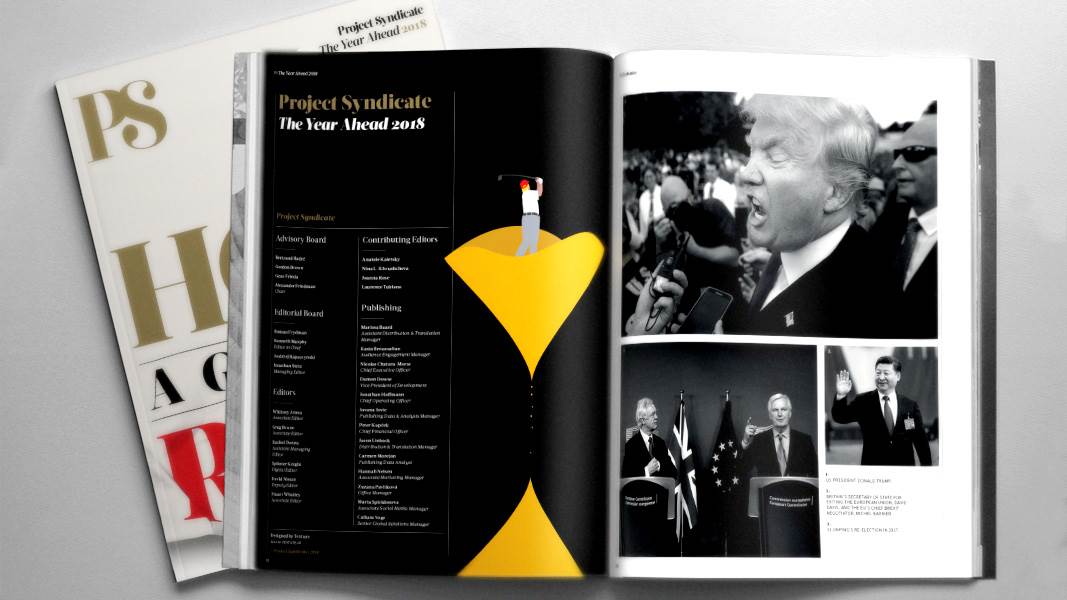AO 2018
--- Maj Gen PK Mallick, VSM (Retd)
Australian Open (AO) Tennis tournament has reached the second week. Men have been separated from the boys as also women from the girls. Barring some upsets which are normal, more familiar faces are there in the second week for the real battles.
As in recent times the new balls failed to impress. The most touted world number four German A. Zverev was shown the door by the rising young Korean H. Chung in five sets, last in 6-0 ! The German’s miserable run in grand slam tournaments continues. With all his potential he has only one grand slam last 16 in Wimbledon to show. The 6ft 6 inches tall German has all the weapons in his arsenal : a good serve, solid ground strokes, fluent in both flanks specially in his double handed back hand , volleys well, can slice. His mental strength most certainly comes into question, specially after his capitulation at love in fifth set. He was booed off the court as he joins bagel club. More importantly he was slated to meet Roger in semis. And he, amongst very few, has Federer’s number! I am not complaining!
Another young Canadian Shapovalov created stir in last US Open. Where was he this time? Shapovalov fell 6-3, 3-6, 6-1, 6-7 (4), 5-7 to Jo-Wilfried Tsonga in the second round. A young coloured TIAFOE Frances of USA took Roger Federer to five sets in US Open last year and gave him a mighty scare. This year he was dumped out in the first round by Del Potro. The thin hard hitting Rusian teen ager A. Rublev did his rising reputation no harm when he went down fighting and hitting to baby Federer in a close four set match.
The last ATP year end Masters Champion, the Bulgarian G. Dimitrov popularly known as baby Federer because of his similar style has now come out of the shadows of the big man, it seems. The way he has taken out A. Rublev and the mercurial but volatile Aussie N. Kyrgios in a very close four setter, three sets went to tie breaks, augers well for him. He has all the weapons in his bag : a superb service, a powerful one handed back hand, solid ground strokes, slices, ability to change the game and supreme fitness. His next opponent is the Brit K Edmond, who? Potential semifinals with Rafa awaits.
Rafa came to AO 18 without any preparatory tournament. But that has not shown in his game. He is pounding his opponents down with his customary brutal top spin ground strokes. With a sleeve less shirt he has his female fans swooning and opponents fearing his bulging biceps. Today the diminutive 5 ft 7 inches Argentine D. Schwartzman put him under test. Rafa won in four sets, but he made some uncharacteristic unforced errors which will come down.
In the quarterfinals he meets the 6ft 6 inches hard serving powerful Cilic from Croatia. Cilic is only four of the surviving players in this AO 18 with a grand slam trophy. No guess for naming the other three. Guess the number of grand slams the three have got? It is a whopping number, 47. Cilic was the last Wimbledon finalist. He has the game to trouble Rafa, point is has he that will power and believe? Today Rafa was down 0-40 on his serve, nonchalantly he won next five points to win that game. Again no point for guessing which side I will be rooting for. I do not want the gap between the grand slam titles of Rafa and Roger to narrow down!
Nextgen Korean H. Chung awaits Novac Djokovic. Novac is coming back from an injury break. You can see lot of work has been done on him led by Agassi. He has a modified serve action, has added some muscles specially on his legs, his elasticity and ground strokes remain potent. Point is can he survive even he wins the next match against the rising Australian, the fifth seeded Thiem. There is no denying the pedigree of Novac, but even Novac possibly cannot beat the heroics of Roger and Rafa of last year’s AO. We will see.
Roger’s next opponent in round of 16 is a journeyman M. Fucsovics of Hungary. Did you hear his name earlier? He is a smart player, has an all round game, has been a junior champion, will come out swinging freely as he has nothing to lose. But I can’t see him troubling Roger as he does not have some big weapon. Rogers will probably meet the powerful Czech T. Berdych, whom he did beat in Wimbledon semis in a close fought match. But for me Berdych has done a great favour to Roger by taking out the beanpole Argentine Del Potro in straight sets. Del Potro defeated Roger in US Open, had almost beaten Roger in Federer’s backyard Bassel in a close fought final. In present form Federer should win against Berdych, the head to head statistic also demand that. Then either Thiem or Djoker will be standing across the net in the semis.
Roger has not lost a set. He is playing like only he can play. My worry is: some times he loses concentration or something happens and he gets broken. The it becomes very difficult to get back as the other player now knows that the great man is vulnerable. In 2017 year ending ATP Masters Roger was playing like a king, won all his group matches. In the semis his opponent was the Belgian Goffin. The pint sized Belgian has a twinkle feet, has all the shots in the game and was playing well. But Roger was providing a masterclass tennis lesson and won the first set easily. When we were thinking of the finals, all of a sudden Roger shanked couple of shots, netted some easy volleys and was broken. Goffin played a match of his life and did not allow Roger to come back. Where is Goffin now? Do you see him as a grand slam champion?
I am a hopeless fan of Roger, like millions of them world wide. Time is not on his side. We all want to enjoy the show he puts in till it lasts, May some more grand slams come to his basket. Sorry Rafa, I can’t help. You are surely the next best.
The way the German A Kerber is playing I don't see any other women to win AO 18.
Well, did I predict prematurely? Today morning the thin affable Hsieth from Taiwan was leading Kerber 6- 4 and making the only surviving grand slam winner un the women’s draw run around the court like a maniac. At 4-5 Kerber was serving to stay in the match.You don’t become world number 1 and grand slam winner just like that. Kerber held on grimly, her first serve percentage was in high 80s, she broke Hsieth and won the second set 7-5. After that the superior speed, strength, stamina of Kerber held sway. Hsieth known more as a doubles specialist physically could not cope up with those legs of German machins and lost gallantly. Kerber remains on coursr for AO 18 Women’s Champion.
Meanwhile my single handed backhand has improved. It has strated crossing the service line. I shall inform all when my backhand cross court reaches the base line. Till that time I keep watching backhands of Roger, Dimitrov, Thiem, Gasquet not to forget Stan the man.












